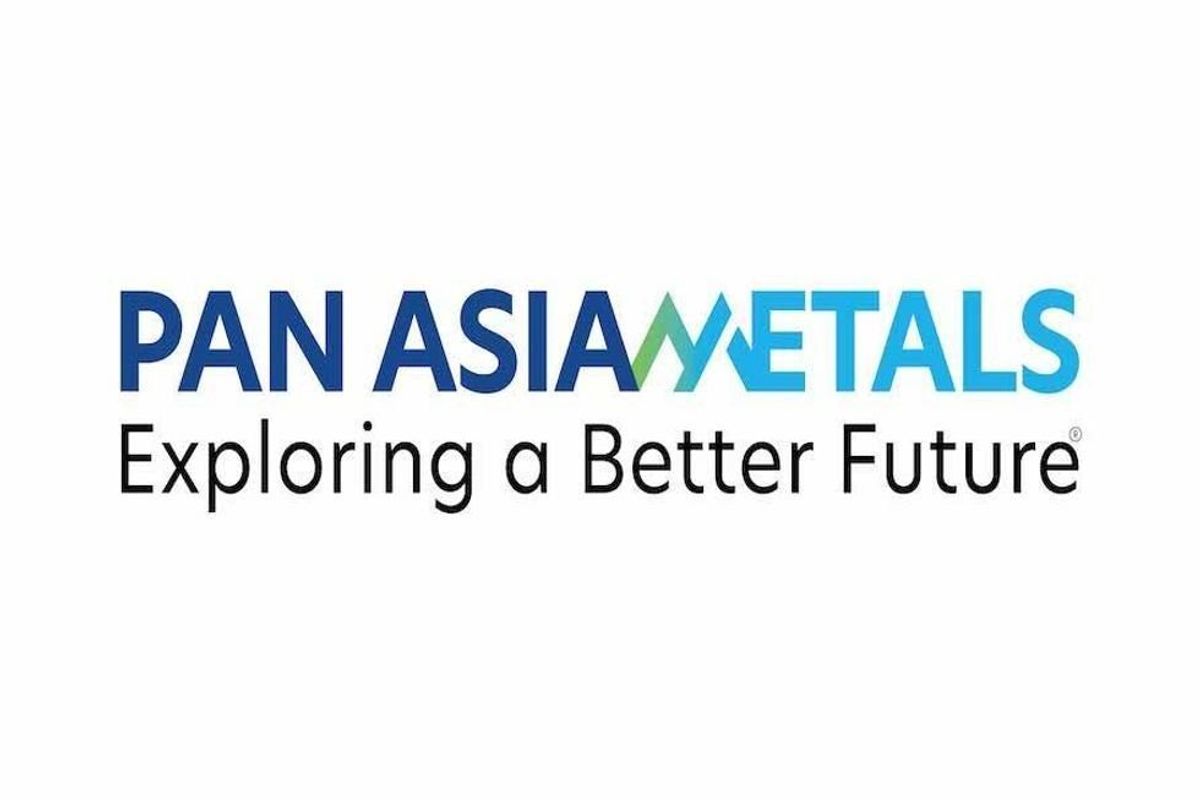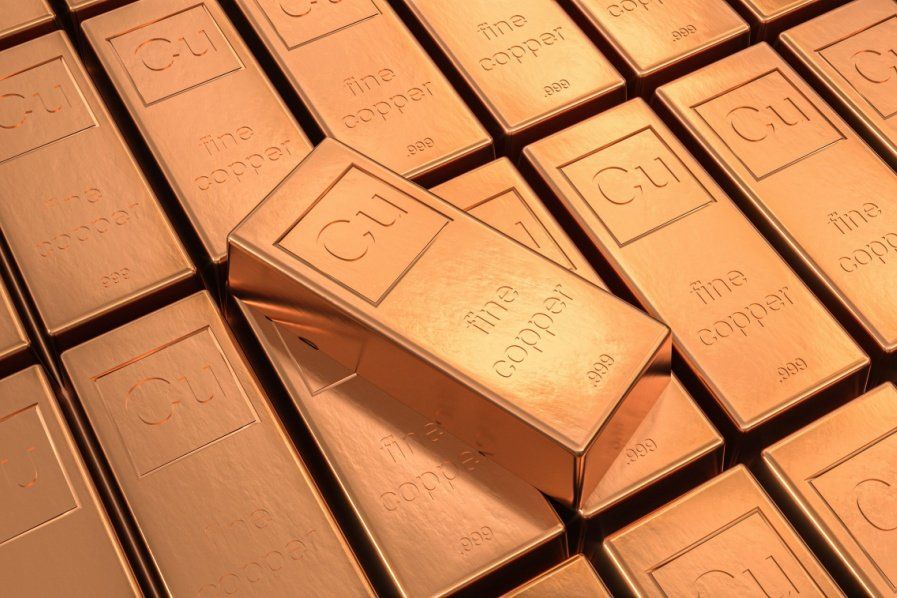
November 17, 2024
Battery and critical metals explorer and developer, Pan Asia Metals Limited (ASX: PAM) (“PAM” or ”the Company”) is pleased to advise that it has entered into a binding Capital Commitment Agreement (“Facility”) with New York based Global Emerging Markets Group for a 4 year $35 million equity investment commitment, providing PAM with a reliable source of equity funding to see it through to JORC Resource and Pre-Feasibility at its Rosario Copper and Tama Atacama Lithium projects.
Highlights
- 4 Year $35 Million equity investment via Capital Commitment Agreement (Facility) secured.
- Facility with Global Emerging Markets Group, a $3.4 billion alternative assets management group.
- Facility significantly reduces PAM’s capital raising risks but maintains PAM’s capital raising flexibility.
- Facility structured to incentivise GEM to build value in PAM, with equity commitments at fixed pricing reflecting traditional capital raising structures.
- Facility potentially funds PAM through to Resource and Preliminary Feasibility at Rosario Copper and Tama Atacama Lithium Projects.
- PAM will seek shareholder approval to rename the Company ‘Flagship Minerals Limited’.
Pan Asia Metals’ Managing Director, Paul Lock, commented:
“We have been working on this Capital Commitment Agreement with GEM for several months and have found the GEM team constructive and collegiate. The facility provides PAM a pathway to Resource definition and pre-feasibility at both the Rosario Copper and Tama Atacama Lithium projects, as well as working capital for the Company’s other needs. I am also pleased to put forward to our shareholders a proposal for a company name change to Flagship Minerals Limited. We are seeking the name change as we have noticed confusion from investors regarding the Company’s geographic focus.”
The Company will also seek shareholder approval to be renamed Flagship Minerals Limited. The name change marks a break in PAM’s exclusive geographic focus on Asia.
Global Emerging Markets (“GEM”) is a $3.4 billion alternative investment group that manages a diverse set of investment vehicles focused on emerging markets across the world, having completed over 570 transactions in 70 countries. GEM’s investment vehicles provide the group and its investors with a diversified portfolio of asset classes that span the global private investing spectrum. Each investment vehicle has a different degree of operational control, risk-adjusted return and liquidity profile, providing GEM and its partners with exposure to Small-Mid Cap Management Buyouts, Private Investments in Public Equities (PIPE's) and select venture investments.
The GEM Facility will be primarily employed for Resource definition and preliminary feasibility work at the Company’s Rosario Copper and Tama Atacama Lithium projects. The GEM facility also positions PAM to undertake strategic acquisitions, should appropriate opportunities present.
The PAM Board is of the opinion that the GEM Facility is a transformative step for the Company, providing a pathway for near and medium term funding requirements but not limiting the Company from meeting its capital requirements from other sources, including traditional equity capital and convertible notes.
Key Terms of the GEM Capital Commitment Agreement
The Capital Commitment Agreement between the Company, GEM Global Yield LLC SCS and GEM Yield Bahamas Limited, provides the Company the option, but not the obligation, to draw down up to an aggregate $35 million at any point during the 4 year term of the Facility, subject to certain conditions, including the provision of a drawdown notice to commence a 15 trading days pricing period, with the subscription price being 90% of the higher of:
a. The average closing bid price of PAM shares as quoted by ASX over the pricing period; or
b. A fixed floor price nominated by PAM equal or higher than the closing price immediately preceding the Capital Call; and
the Company’s shares are continuously quoted on ASX during the 15 days prior to the Capital Call. The quantum of the first 3 drawdowns can be for up to $1.5 million each and the following 3 for up to $5 million each for up to an aggregate $19.5 million. The remaining drawdowns and outstanding Facility after the initial 6 drawdowns are limited to 700% of the daily trading volume and GEM may opt to subscribe for 50% to 200% of the drawdown face value provided that any issue of Shares to GEM (or its nominee) would not be a breach of any law or the ASX Listing Rules, including GEM breaching the 19.9% threshold of issued Shares held.
The Company will pay GEM a fee of 2% of the Capital Commitment of $35 million, or A$700,000, within 12 months, exclusive of GST, which is payable in cash and/or shares at the Company’s election. The Company will also issue GEM with 2 tranches of 10 million 5 year call options with a strike price of 12.5c and 20c and expiring 5 years from issue, subject to Shareholder approval.
Click here for the full ASX Release
This article includes content from Pan Asia Metals Limited, licensed for the purpose of publishing on Investing News Australia. This article does not constitute financial product advice. It is your responsibility to perform proper due diligence before acting upon any information provided here. Please refer to our full disclaimer here.
PAM:AU
The Conversation (0)
09 July 2023
Pan Asia Metals
First-mover Advantage in Critical Metals for Southeast Asia Market
First-mover Advantage in Critical Metals for Southeast Asia Market Keep Reading...
22 December
Nine Mile Metals Announces Completion of DDH WD-25-02B and Continues to Confirm Zones of Copper Rich VMS with 66 Meters of Mineralization at the Wedge Project
Nine Mile Metals LTD. (CSE: NINE,OTC:VMSXF) (OTC Pink: VMSXF) (FSE: KQ9) (the "Company" or "Nine Mile") is pleased to announce that the 3rd drill hole in its Wedge Western Extension Drill Program (DDH-WD-25-02B) has been completed.DDH WD-25-02B was collared approximately 60 meters northwest of... Keep Reading...
19 December
Top 5 Canadian Mining Stocks This Week: Pacific Empire Metals Gains 200 Percent on Drill Results
Welcome to the Investing News Network's weekly look at the best-performing Canadian mining stocks on the TSX, TSXV and CSE, starting with a round-up of Canadian and US news impacting the resource sector.Statistics Canada released November’s consumer price index (CPI) data on Monday (December... Keep Reading...
17 December
Nine Mile Metals Announces Certified High-Grade Assay Results up to 15.21% Copper from the Wedge Project, Bathurst, New Brunswick
Nine Mile Metals LTD. (CSE: NINE,OTC:VMSXF) (OTC Pink: VMSXF) (FSE: KQ9) (the "Company" or "Nine Mile") is pleased to announce Certified Assay results for volcanogenic massive sulphide (VMS) mineralization collected from the pre-drill area on the Wedge VMS Project, in the world-famous Bathurst... Keep Reading...
16 December
Top 5 Copper News Stories of 2025
Copper prices surged to unprecedented levels in 2025, hitting all-time highs. Tight supply played a key role, along with solid demand tied to electrification and the shift to cleaner energy.The red metal's big moves came alongside gains in precious metals, highlighting an unusual year in which... Keep Reading...
16 December
Canadian Approval Pushes Teck, Anglo Closer to Creating US$53 Billion Miner
Canada has approved the merger of Teck Resources (TSX:TECK.A,TECK.B,NYSE:TECK) and Anglo American (LSE:AAL,OTCQX:AAUKF), clearing a major regulatory hurdle for the creation of a new global mining heavyweight worth over US$53 billion.Teck and Anglo American said they received approval under the... Keep Reading...
Latest News
Interactive Chart
Latest Press Releases
Related News
TOP STOCKS
American Battery4.030.24
Aion Therapeutic0.10-0.01
Cybin Corp2.140.00





